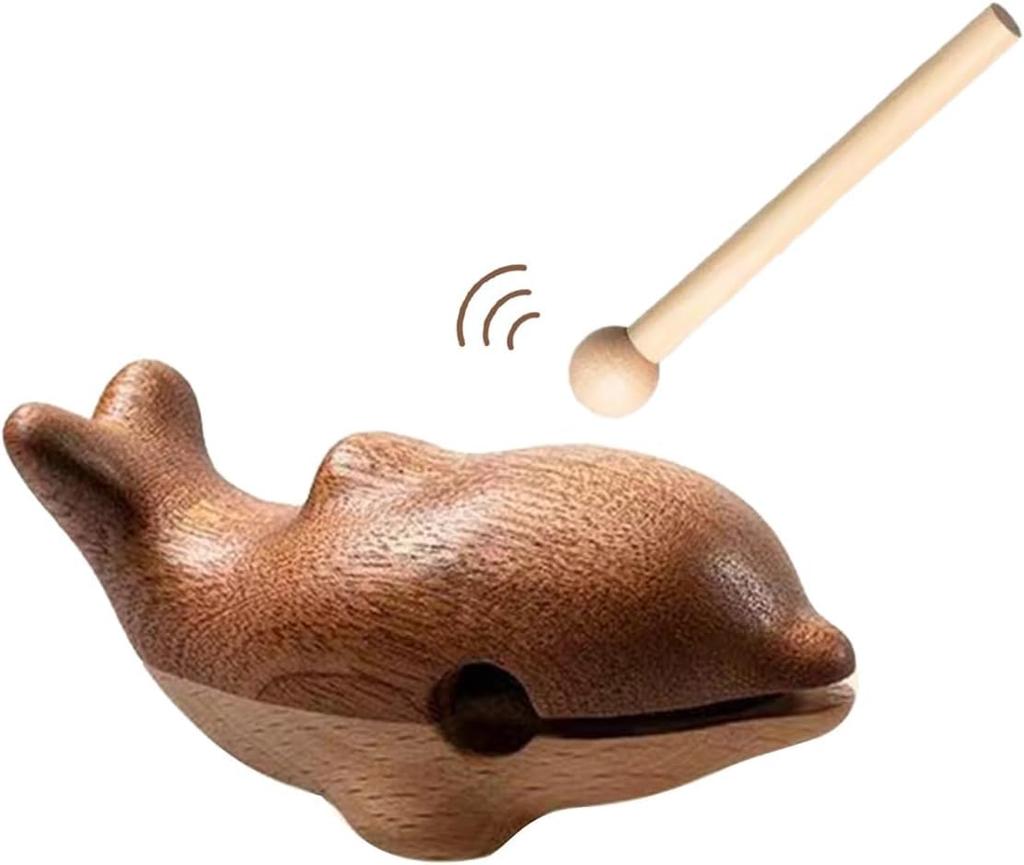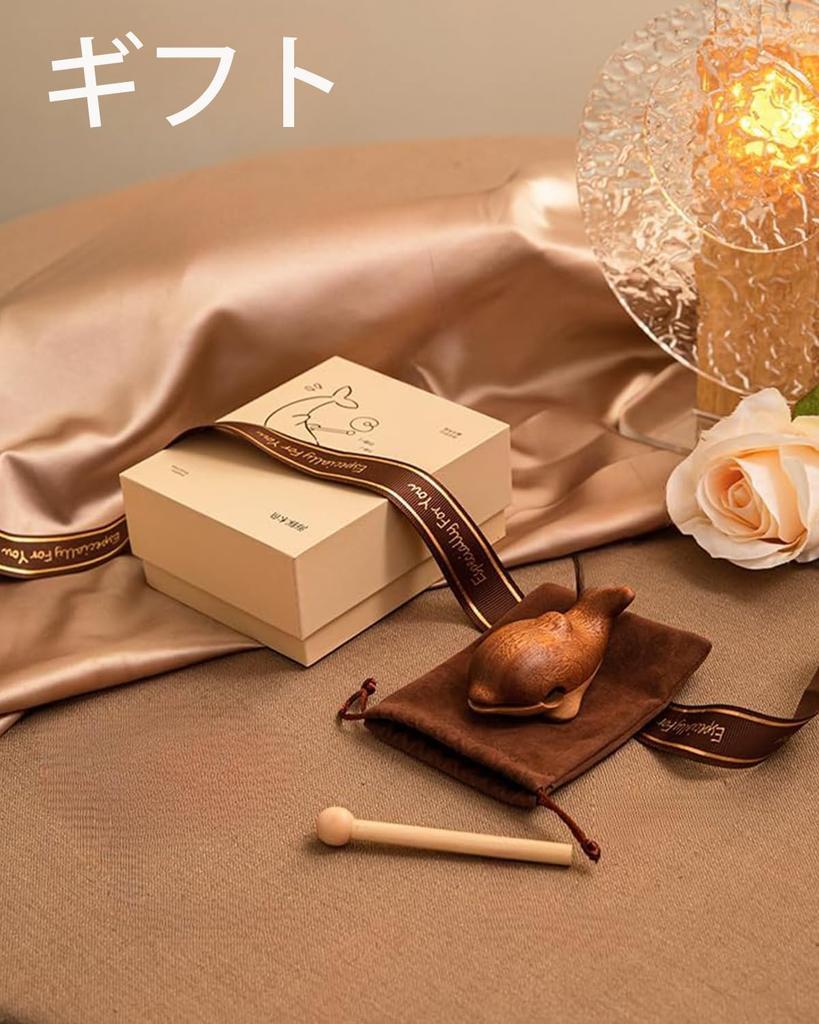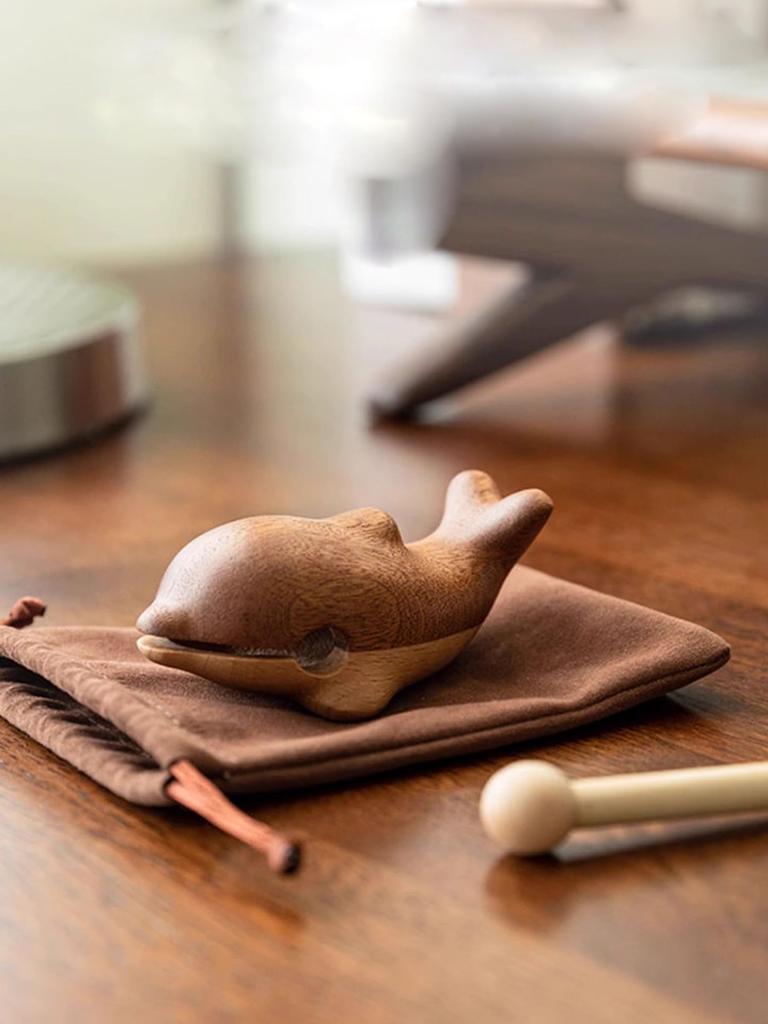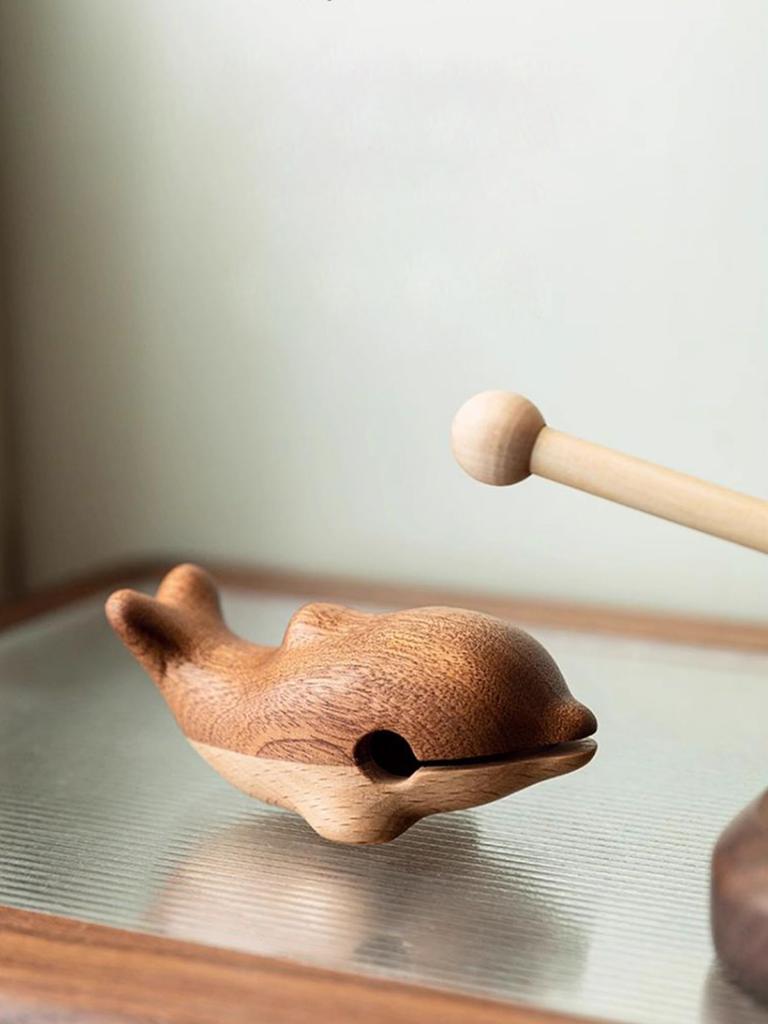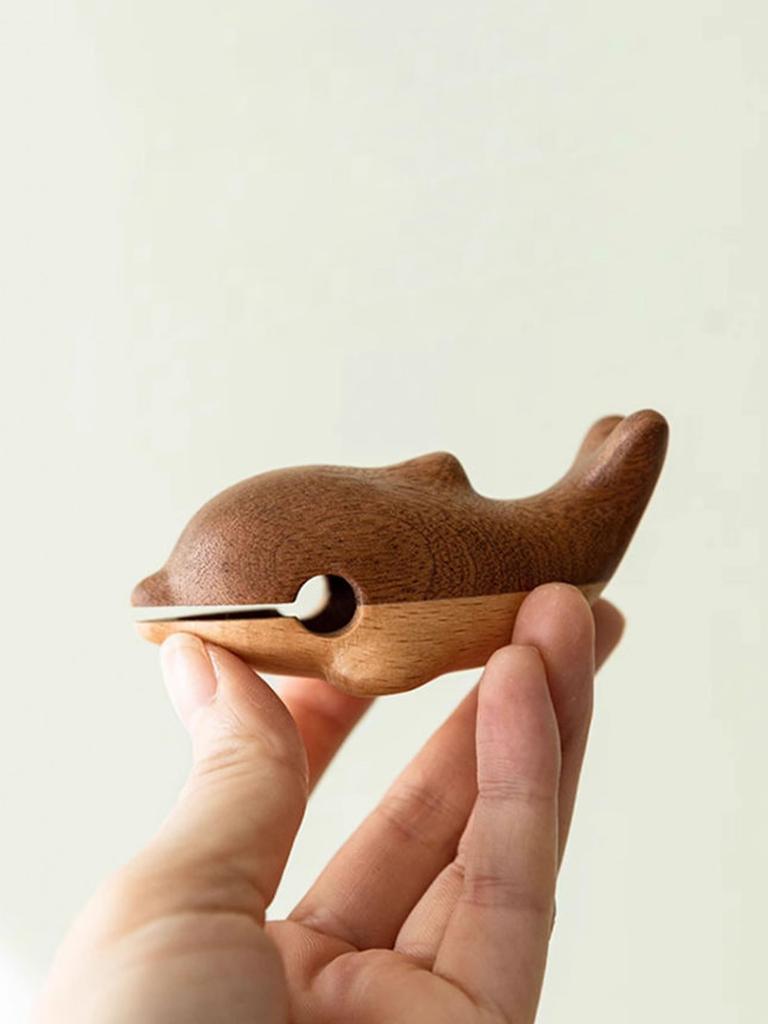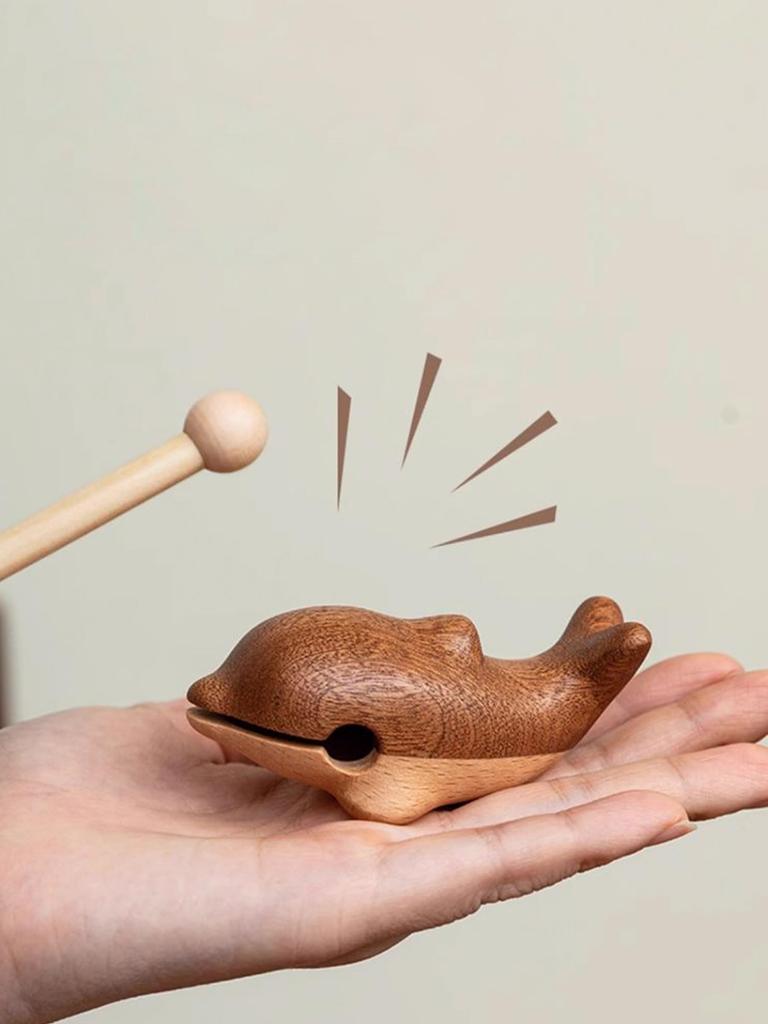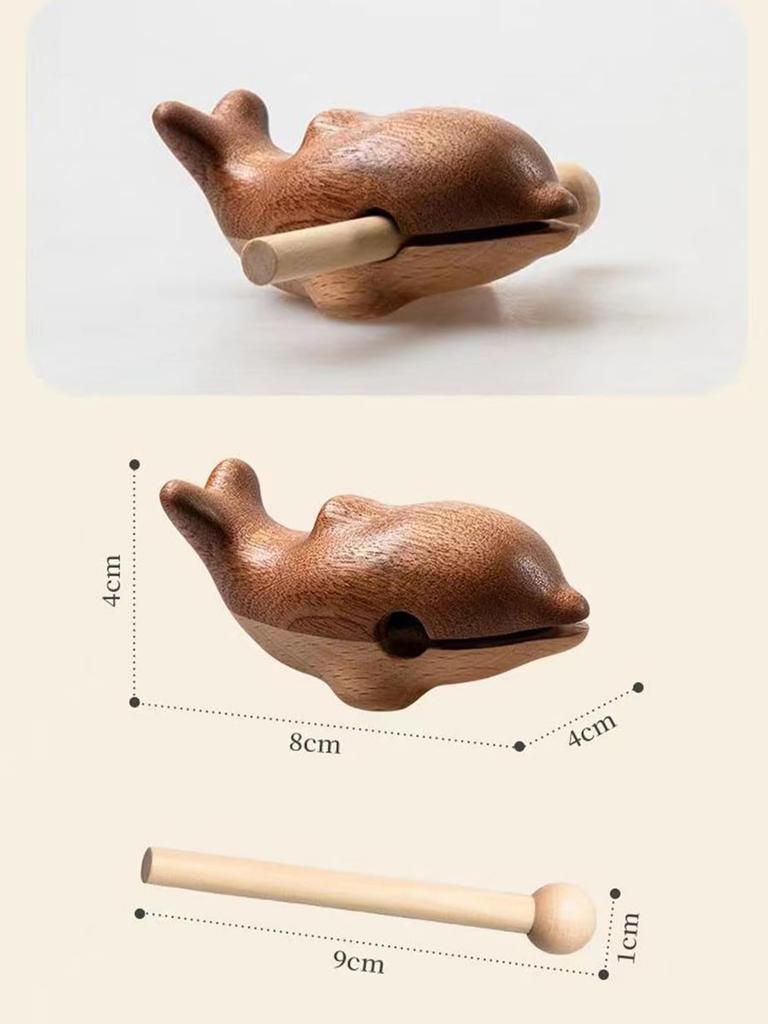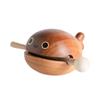---------------------------------------------------------------------------------
Sold and shipped by Japanese sellers
* Operated by Japanese sellers - Japanese sellers with trust and experience.
* Direct from Japan - All items are carefully packed and shipped promptly from Japan.
* Highest quality control - Inspected by Japanese standards to ensure high quality products.
---------------------------------------------------------------------------------
A mokugyo (also called a mokugyo) is a type of Buddhist implement and musical instrument.
Size: 8*4*4cm, Material: Wood, Hed.
The prototype of the mokugyo is the "gyoban" (fish drum) used in Zen temples. These can be seen at Manpuku-ji Temple, Toko-ji Temple, the head temple of the Obaku sect, and temples in Korea. As the name suggests, the gyoban is a board shaped like a fish, and nowadays it is only rung at 11:45 a.m. The fish shape represents the idea that fish never close their eyes, day or night, and therefore one should sacrifice sleep in order to devote oneself to training.
The round object in the fish's mouth represents earthly desires, and hitting the fish on the back is said to make the person expel these desires. And, just to give you some trivia, it is said that the constant rhythm was used to wake people up.
When you tap the back with the stick, you will hear a clear popping sound. While meditating by tapping the mokugyo, you can calm your mind and relieve stress. Cute ornament, beautiful little thing, dolphin appearance. It looks small and does not take up much space. Decorate your living space, revitalize a monotonous space, feel healing and warmth, and feel good.
The mokugyo is struck during sutra chanting to set the rhythm. It also serves the purpose of waking people up, and the mokugyo is modeled after a fish because fish, which do not close their eyes when sleeping, were once believed to never sleep. [1] It is placed on a small cushion-like stand and makes a "poku-poku" sound when struck with a bachi (a drumstick) with a cloth wrapped around the end. Its size ranges from about 6 cm in diameter to over 1 meter. It is shaped like a bell, with a stylized image of a fish eating its own tail, or two fish or dragons fighting over a pearl. Fish scales are carved on the surface. It is used in Zen, Tendai, and Jodo sects of Buddhism. There was a time when the use of mokugyo was banned in the Jodo sect, but it later came to be used when chanting Buddhist prayers, and it is customary to strike the mokugyo with a backbeat (so-called backbeat) so as not to disturb the prayer. Gyoban (fish board) (Manpukuji Temple) The prototype of the mokugyo is the "gyoban" (fish drum) used in Zen temples. This can be seen at Manpuku-ji Temple, Toko-ji Temple, and temples in Korea, which are the head temples of the Obaku sect. As the name suggests, the fish board is shaped like a fish, and is currently rung only at 11:45 a.m. The fish board is shaped like a fish because fish never close their eyes, day or night, and they sacrifice sleep in order to train.
It means to work hard. The round object held in the mouth represents worldly desires, and tapping the fish on the back is meant to make people expel them. And, just a little bit of trivia, it is said that a certain rhythm was played to keep people awake. The modern mokugyo shape was established during the Ming dynasty. In Japan, mokugyo existed from the Muromachi period, but it was Ingen Ryūki, who came from China in the early Edo period, who first began to use it in earnest. The Obaku sect he introduced is famous for the "Obaku Bon'ya," which uses a variety of instruments, including the mokugyo.








